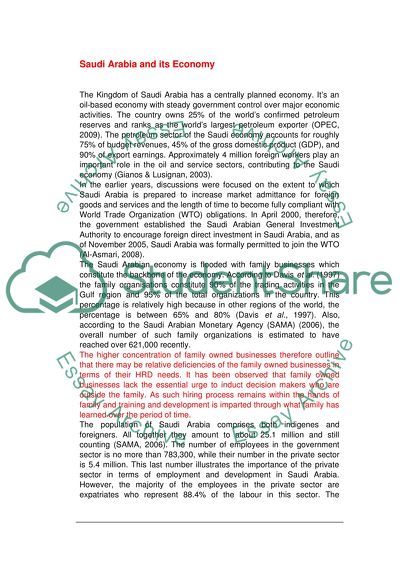Cite this document
(“SAUDIZATION AND THE SAUDI ARABIAN KINGDOM DEVELOPMENT Essay”, n.d.)
Retrieved from https://studentshare.org/other/1425240-saudization-and-the-saudi-arabian-kingdom
Retrieved from https://studentshare.org/other/1425240-saudization-and-the-saudi-arabian-kingdom
(SAUDIZATION AND THE SAUDI ARABIAN KINGDOM DEVELOPMENT Essay)
https://studentshare.org/other/1425240-saudization-and-the-saudi-arabian-kingdom.
https://studentshare.org/other/1425240-saudization-and-the-saudi-arabian-kingdom.
“SAUDIZATION AND THE SAUDI ARABIAN KINGDOM DEVELOPMENT Essay”, n.d. https://studentshare.org/other/1425240-saudization-and-the-saudi-arabian-kingdom.


